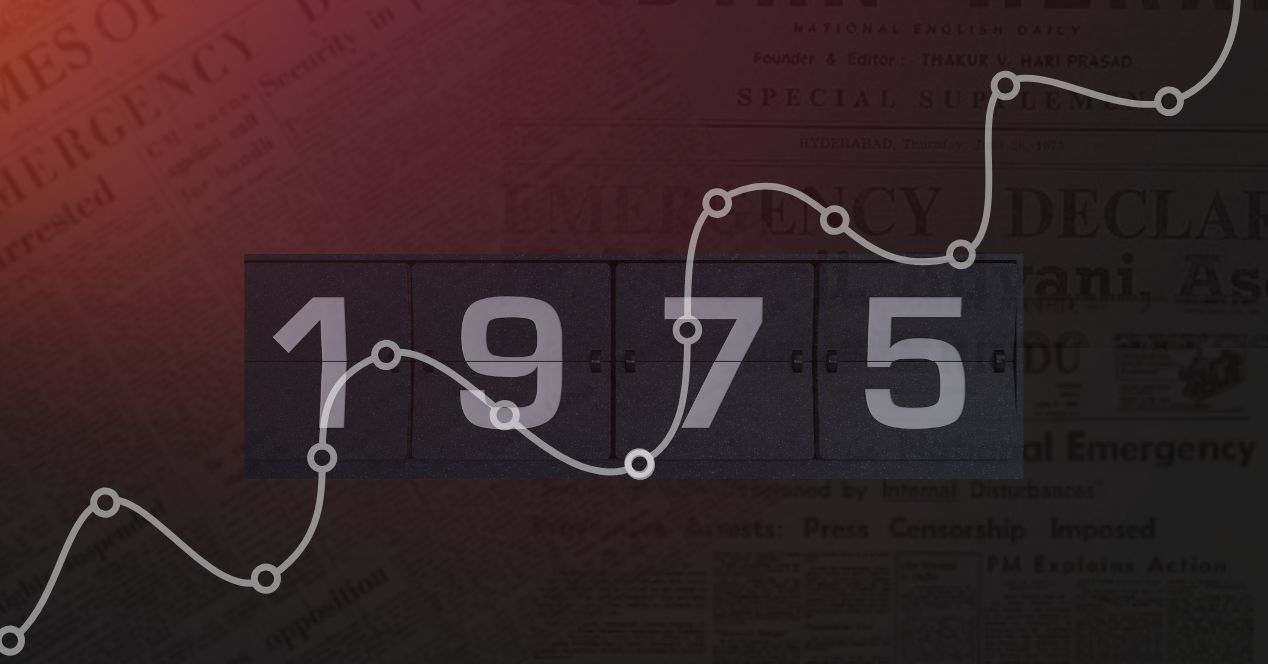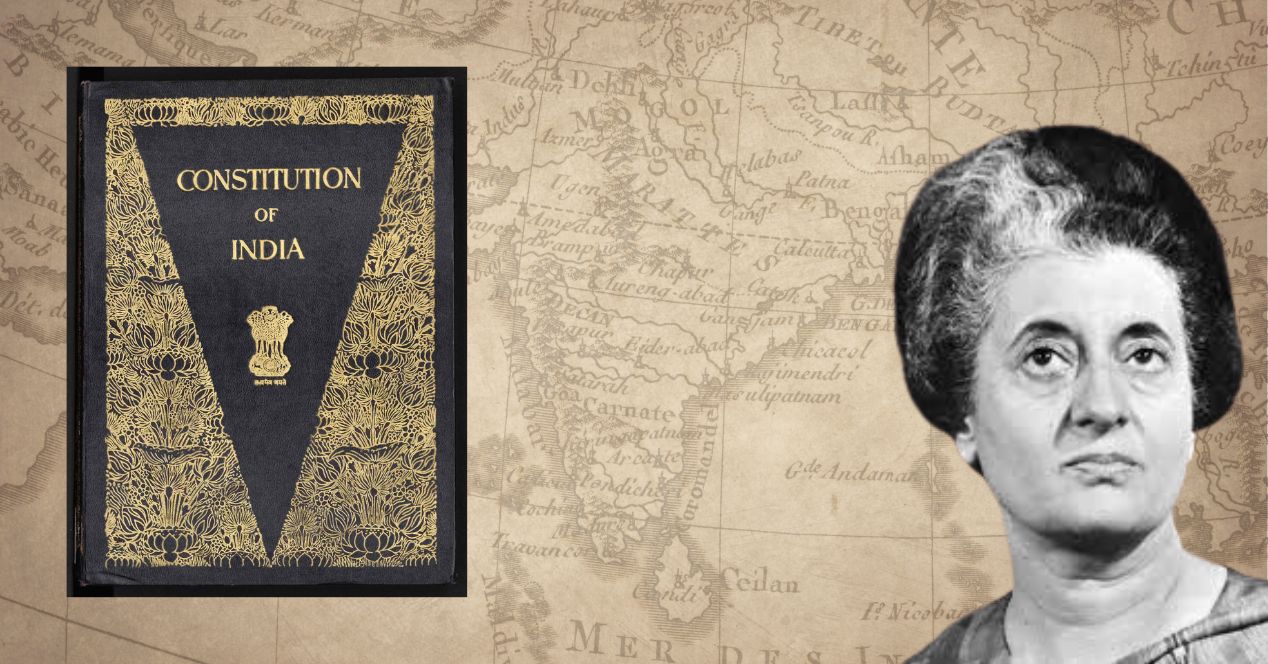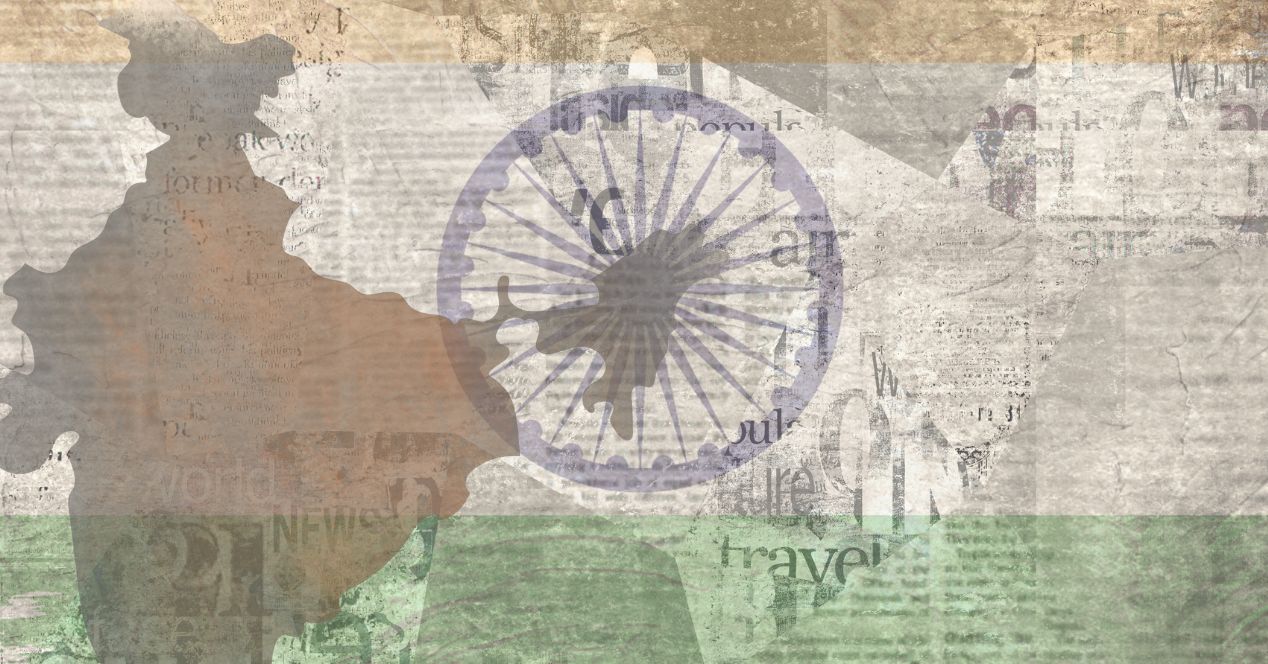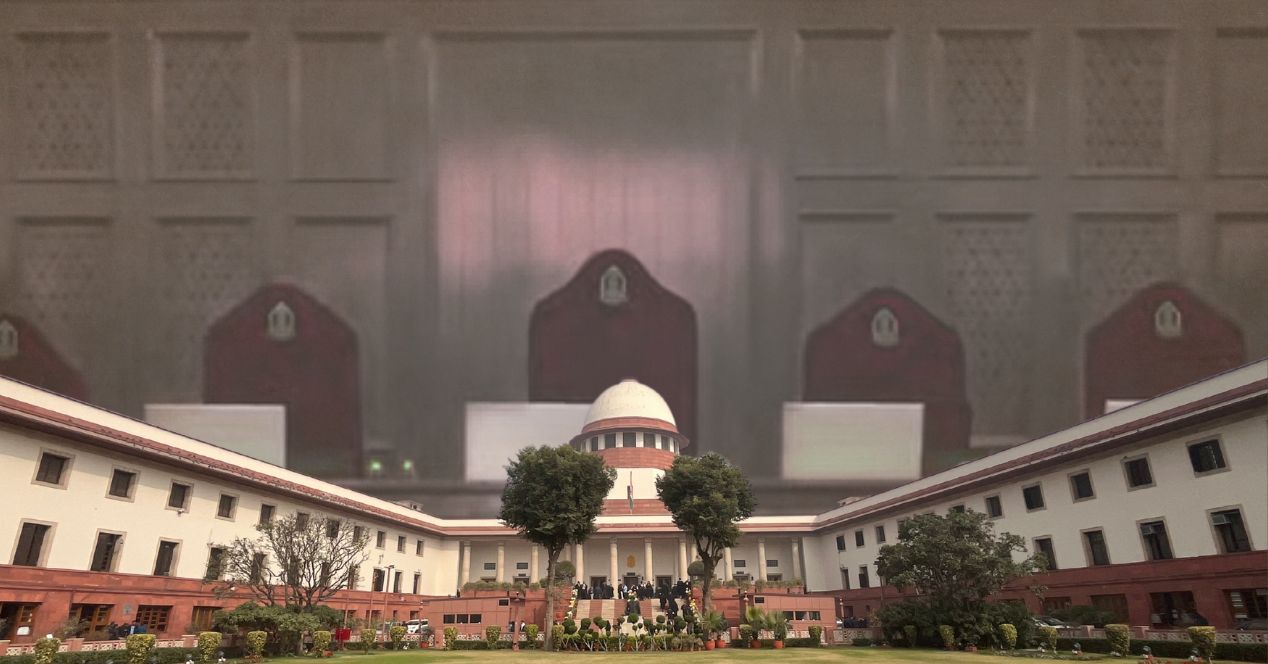Analysis
How the Emergency birthed the Collegium system
The Emergency left deep scars on the judiciary—it took until the 1990s for the Supreme Court to acknowledge and respond to those compromises
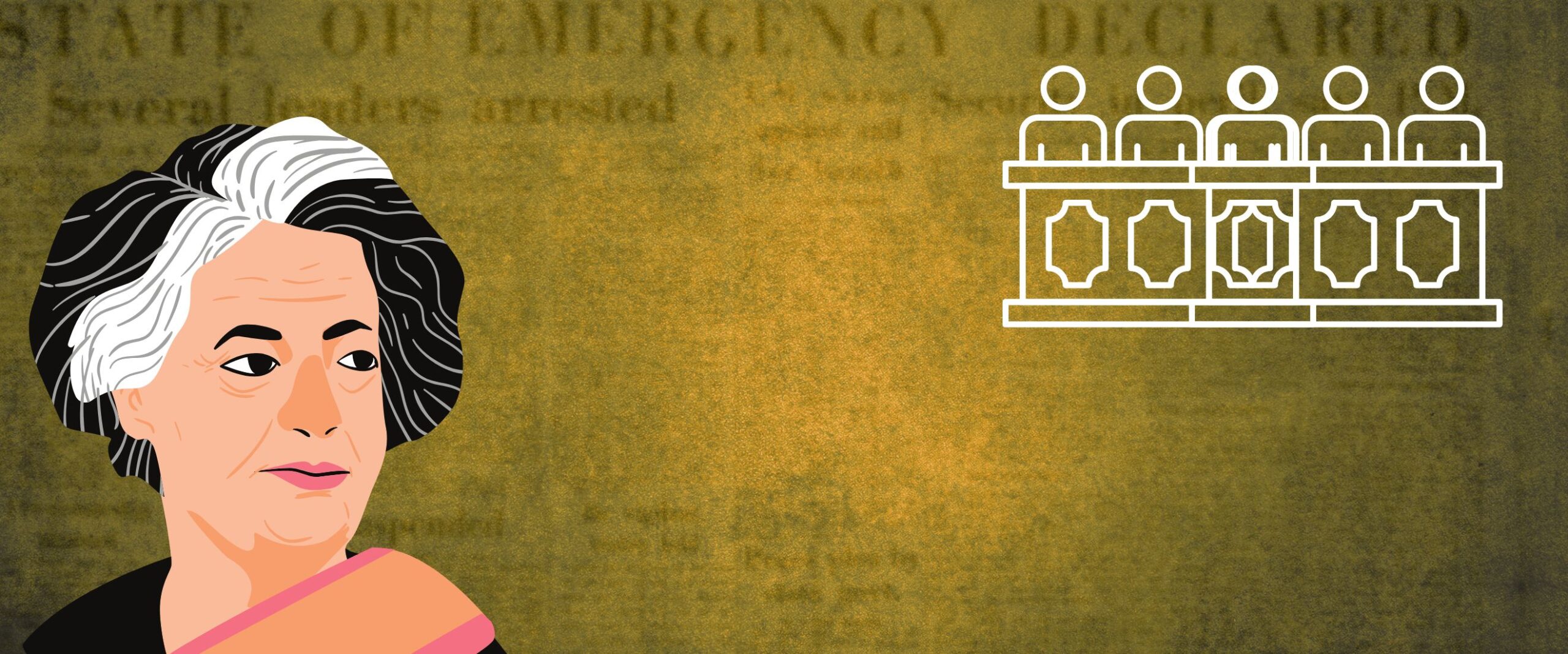
This week marked 50 years since Indira Gandhi’s Congress government advised the President to proclaim an Emergency. It was the start of a dark chapter in India’s political and legal history.
The BJP-led Union Government directed states to commemorate 25 June as ‘Constitution Murder Day.’ Even beyond the political optics of the present, the excesses of the executive during that turbulent period left their imprint on many institutions. Chief among these is the judiciary, and it wouldn’t be a stretch to suggest that the compromises and pressures of the time came to shape views on judicial independence.
The Collegium system for judicial appointments and transfers, which evolved through decisions of the Supreme Court, is a prime example of this long shadow. In 2015, during arguments in the National Judicial Appointments Commission case (NJAC), the same BJP-led Union Government, which is now running a loud campaign around Emergency awareness, was at pains to downplay the capitulations of the judiciary during that period as “aberrations”.
The eminent advocate T.R. Andhyarujina is one of those who has drawn a direct link between the Emergency and the Collegium. In an essay from 2017, he emphasised how the abuses of the era sparked the reinterpretation of the constitutional provisions governing judicial appointments. The most egregious of these scarring episodes was the supersession of three senior judges in the wake of the ‘basic structure’ ruling in Kesavananda Bharati (1973).
Then, in 1976, Justice H.R. Khanna’s dissent in ADM Jabalpur v Shivakant Shukla cost him the Chief Justiceship. Under cover of the Emergency, the government also transferred 16 High Court judges, ostensibly in retaliation for rulings against it. The press was gagged from reporting on these transfers. In fact, this transfer episode was cited by the Bench in NJAC.
It took a while for the judiciary to free itself from the shackles of the Emergency, which ended in March 1977. After a brief Janata Party-led interlude, Indira’s Congress was firmly back in the saddle in January 1980. Towards the end of 1981, a majority in the Supreme Court sided with the executive again, holding that “consultation” of the Chief Justice of India for higher judiciary appointments need not mean “concurrence.” That case was S.P. Gupta v Union of India, and it is commonly called the First Judges Case.
There’s a straight line from a phrase in Justice V.D. Tulzapurkar’s opinion in First Judges (an “atmosphere of fear-psychosis” created by the executive) to the majority opinion in NJAC, which has since come to be known as the Fourth Judges Case. In NJAC, Justice J.S. Khehar recorded how even the Janata government, on the receiving end during the Emergency, had tried to bring in constitutional changes to expand the ambit of the legislature and the executive. He was specifically referring to a provision in the 45th Amendment Bill that allowed changes to the basic structure via referendum.
It took the period between the First and Fourth Judges Cases for the judiciary to progressively embolden itself. In 1985, the Supreme Court accused the Rajiv Gandhi government of appointing “sycophant judges”. Later, attempts by V.P. Singh’s government to create a National Judicial Commission were met with resistance.
In 1990, the Court questioned the First Judges precedent. It was ultimately overruled in the Second Judges Case (1993), which crystallised the Collegium system. It had taken more than 15 years since the lifting of the Emergency to get here. In 1998, the Court went a step further in the Third Judges Case, where it expanded the Collegium and clarified the executive’s misgivings around the Second Judges Case.
The Collegium system is not without its flaws but its roots in the struggle against executive overreach should give pause to anyone who suggests its dismantling. The system is a product of hard-earned historical experience—its memory of a time when civil liberties were at an unprecedented ebb shouldn’t be brushed away.
This article was first featured in SCO’s Weekly newsletter. Sign up now!

